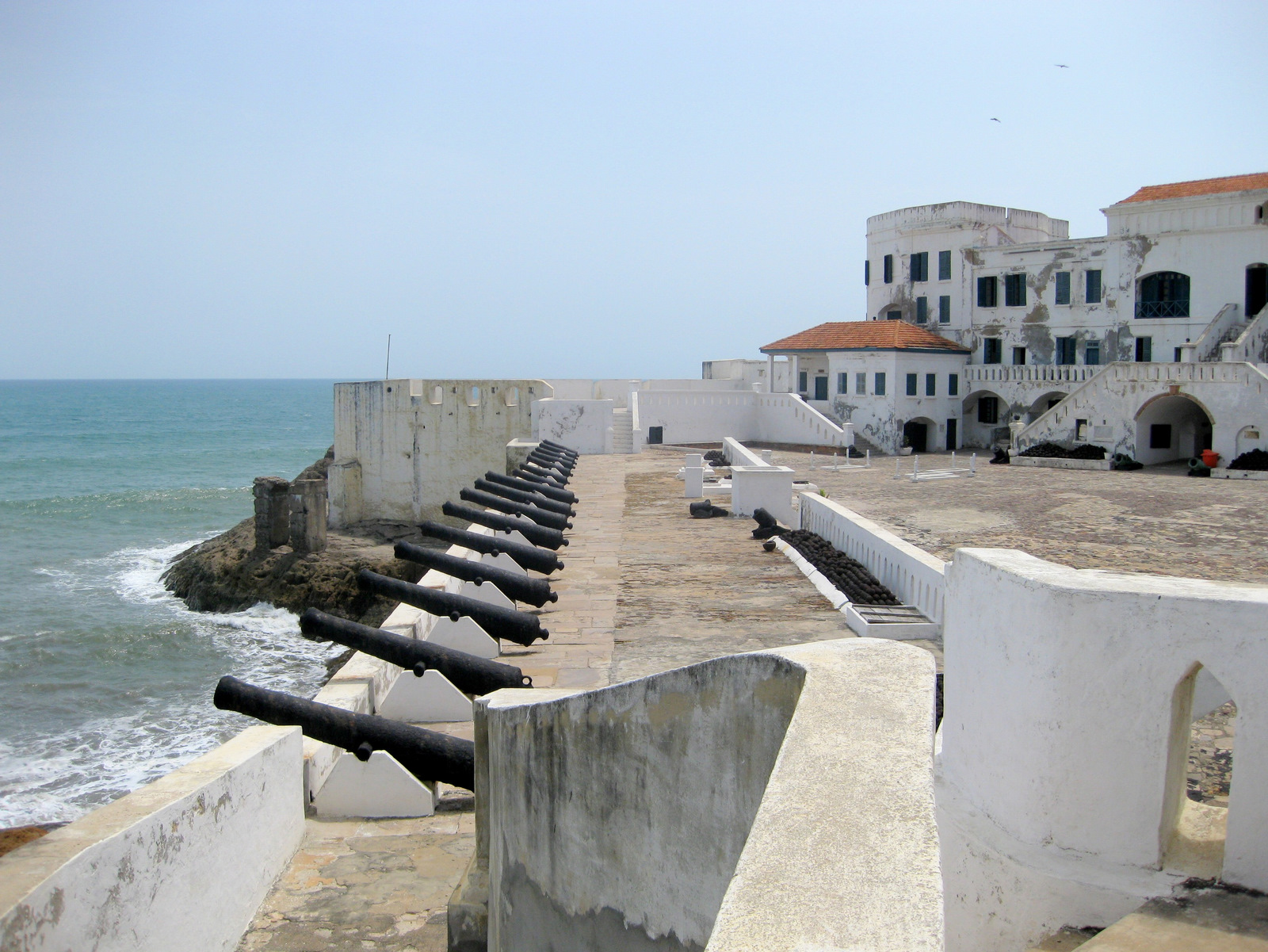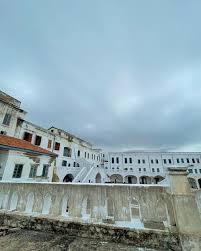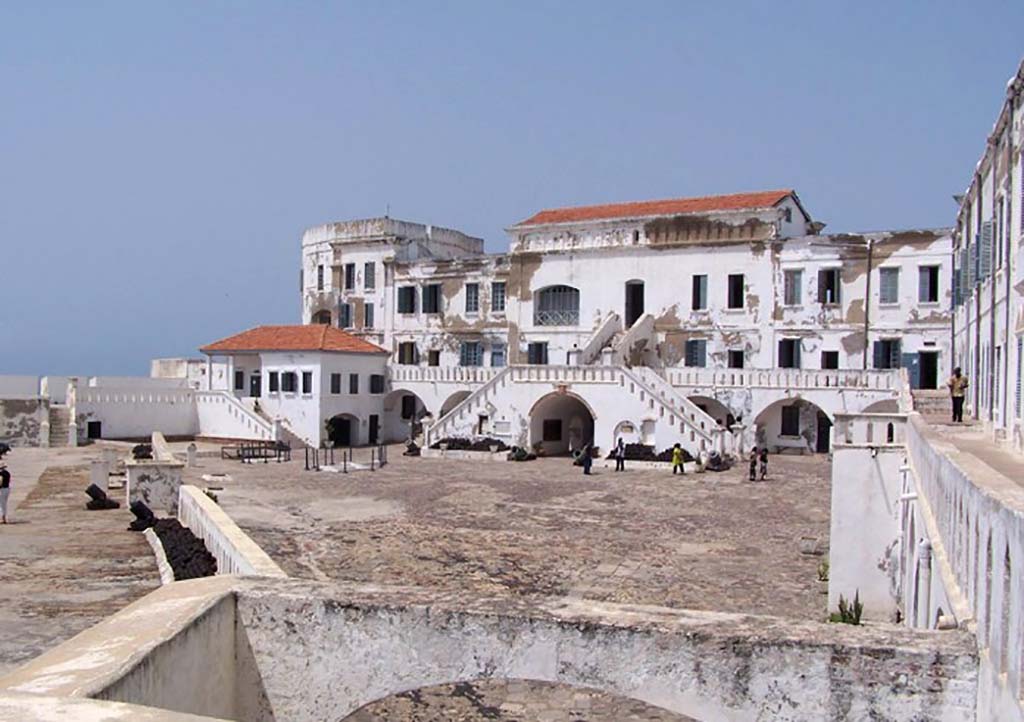Cape Coast Castle: From Colonial Outpost to Historic Museum
Origins & European Rivalry (1653–1664)
Founded in 1653 by the Swedish Africa Company and originally named Carolusborg, Cape Coast Castle was later seized by the Danes, Dutch, and finally the British in 1664, under Captain Robert Holmes.
Architecture & Expansion
By the late 18th century, the British expanded the castle using imported bricks and fortified it with bastions to support the flourishing slave trade, reshaping it into the imposing fortress seen today.
The Slave Trade & Dungeons
During the 18th century, Cape Coast Castle functioned as a major hub in the British slave trade. Crowded dungeons housed up to 1,500 captives waiting for the “Door of No Return”. Nearby, the governors lived in luxury, a stark and deeply tragic contrast
Conflict & Colonial Administration
The castle withstood French attacks during the Seven Years’ War in 1757 and later became the administrative centre for British colonial governance in the Gold Coast until 1877
Abolition & Transition
Although Britain abolished the transatlantic slave trade in 1807, enslaving practices continued in Ghana until the 1870s. Later, the castle served as a colonial court and officials’ residence. It was restored in the 1920s and again in the early 1990s under UNDP, USAID, and Smithsonian support.
Modern Legacy & Museum (1974–Present)
· Became a museum in 1974, guided by Ghana’s Museums & Monuments Board
· Declared a UNESCO World Heritage Site in 1979 alongside other coastal forts and castles
· Exhibits include artifacts, replicas, oral histories, and immersive reconstructions of the slave chambers and ship’s hold.
Tour Highlights
· Dungeons & Ballast Chambers: Cramped, airless cells wielding haunting history
· Door of No Return: Symbolic point where captive Africans began their forced ocean passage
· Governor’s Quarters & Chapel: Remnants of colonial privilege overlooking the Atlantic
· Museum Exhibits: From shackles and auction blocks to local artefacts and slave route maps
Tours last roughly 45–60 minutes and are guided for deeper context and reflection
Cape Coast Castle is more than a historic building. It is a site of memory and pilgrimage for global audiences, especially those from the African diaspora. Annual events like Panafest and Emancipation Day reinforce its relevance in the present-day narrative of reconciliation and remembrance.




